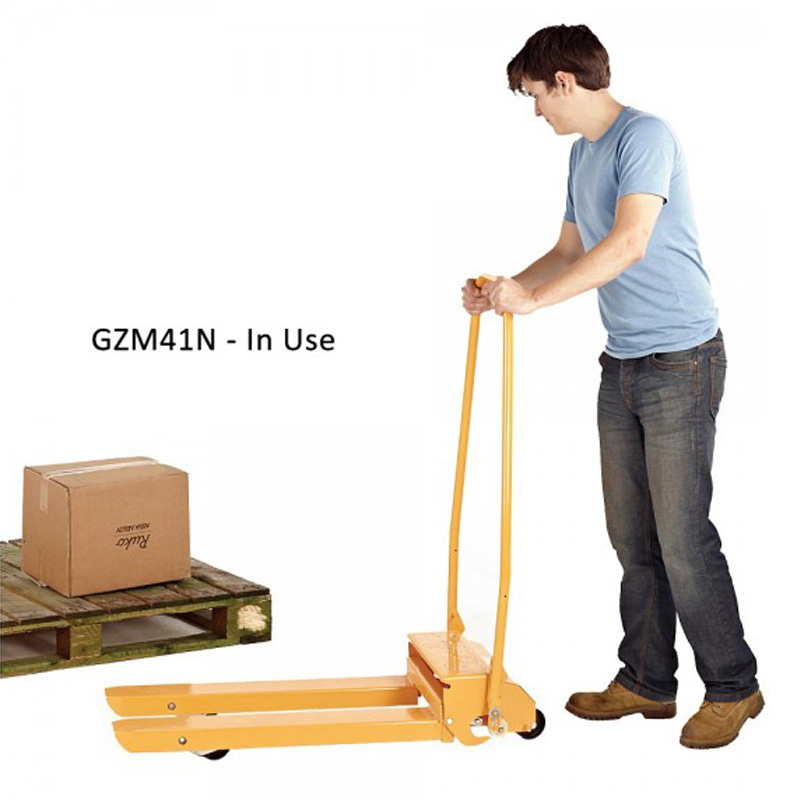Includes 5 key features to ensure forklift safety
At the heart of a warehouse traffic management plan is identifying and addressing risk. Many warehouses operate 24 hours a day, which makes a traffic management plan critical to smooth, uninterrupted operations.
Any failure in the plan can lead to loss of warehouse efficiency, potentially resulting in missed deadlines and lost revenue. It can also lead to damage to products, equipment and facilities, and in the worst case scenario, serious injury or even death.
Traffic management plan and key features of a forklift

Your warehouse’s traffic management plan needs to mitigate risk by considering optimal traffic flow and worst-case scenarios. Warehouse accidents happen more often than you might think. Accidents involving loss of money and inventory or damage to equipment are common. In the last year alone, 34,900 forklift accidents involving serious injuries and 61,800 non-serious accidents were recorded. However, despite the best intentions of managers and warehouse operators, accidents can be difficult to eliminate.
When creating a traffic management plan, you should consider more than the simple details of how forklifts move around the warehouse. Your plan should include everything from the design blueprint of the warehouse, right down to the forklift drivers waving at each other at intersections. To help you do this, here are five key features that all well-designed traffic management plans should include.
1) Vehicle Routing
You need to think of vehicle routing as more than just lanes of moving vehicles; your routes also involve vehicles stopping sharply, sitting still, passing and backing up. To handle all this traffic, you should try to keep your lanes one-way, if possible, and design separate entrances and exits for larger vehicles.
You also need to make sure the route surface is a well-drained material such as asphalt or concrete to increase grip and prevent slipping.
Warehouse Traffic Management Plan
In addition to choosing the right surface, you should always keep it free of hazards such as oil, slippery substances, potholes or other surface damage. All of these hazards can affect stopping distances, maximum speed and vehicle wear and tear.
Another hazard to avoid is too steep slopes, as they can cause instability for forklifts and other vehicles in your warehouse. Your drivers may have lunch every day and they may have other routine activities, and your vehicle route should be adjusted to accommodate these routines without impeding traffic.
Lane width may seem like a mundane issue, but it is one of the key indicators of a fully optimized warehouse. Driveways need to have a buffer that is slightly larger than the widest load of your largest vehicles. While increasing lane width will reduce the risk of accidents and collisions, the opposite issue is that the lanes need to be narrow enough to maximize storage space. By properly balancing







